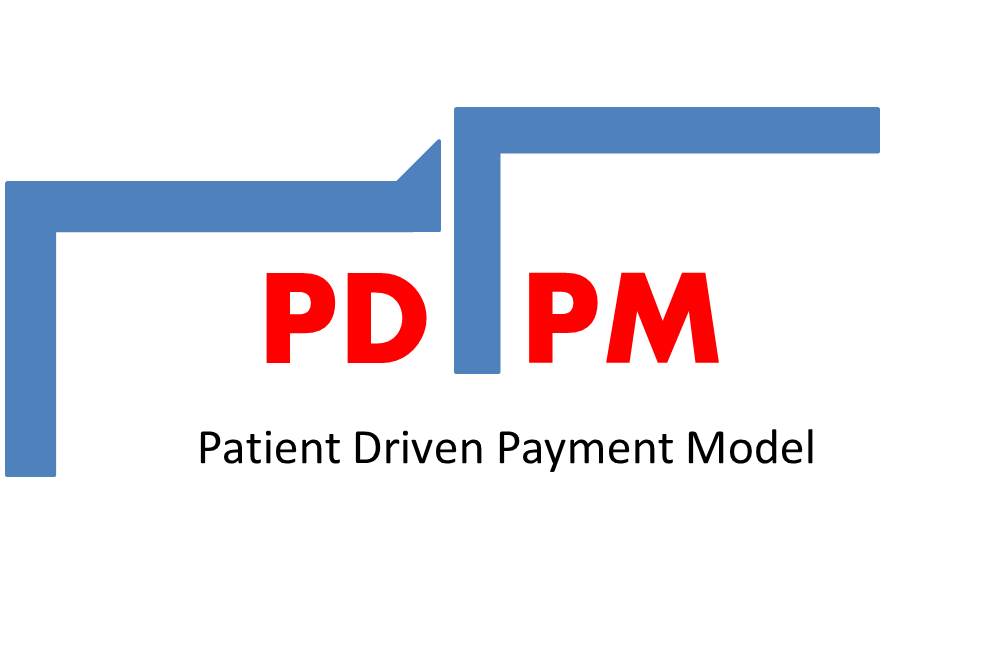By Lori O’Hara, MA, CCC-SLP, Therapy Resource — ADR/Appeals/Clinical Review
Setting the ARD
The purpose of the lookback period is to capture those conditions and characteristics that impact the patient’s treatment plan in such a way that they can 1) be reported to oversight agencies and 2) calculate a reimbursement rate.
Under PDPM, since the whole premise of the rate is that it is commensurate with how complex the patient is, it’s then essential that the lookback period capture as many of those things as possible. And it may be that capturing hospital activity is important!
If a patient received IV hydration or nutrition while in the hospital, it can impact our Nursing case mix. This makes sense — patients who were dependent on an enteral delivery of fluid or calories are quite fragile in the period after this treatment concludes. The lookback on this item is seven days and includes delivery while in the hospital.
So the IDT’s job is to decide what the right ARD is to capture all the important info. We may choose to set the ARD on day one, knowing that capturing the hospital intervention paints the most accurate picture of the patient’s complexity. Or, if an IV medication starts after admission on day 7, that might be the right date for a lookback to capture the clinical picture. Or, if the patient had fluids through the day of discharge and has wound treatments ordered on day five, then a lookback that captures part of the hospital activity and part of the post-admission activity may be what’s best.
The good news is that up through day eight, the ARD can be moved forward and backward as needed to make sure that we’ve captured all the complexities of the patient we’re taking care of.
Section GG Reconciliation
Mythbuster time! Therapy should not be the only source of data for Section GG. One of the sources, sure! But not the only one.
Data sources should include therapy evaluations, nursing documentation and the MDS Coordinator’s observation of CNA care. All of this data should be recorded in the record, and then the IDT’s job is to reconcile this through the Section GG UDA.
So what does “reconciliation” mean? It means looking at all the available data and deciding what really represents the “usual and baseline” performance through analysis and discussion.
Say you’re looking at toilet transfers. The Occupational Therapy evaluation says Mod Assist, the nurses’ notes say Partial/Moderate Assistance, and the MDS Nurse documents Partial/Moderate Assistance in her entry. Then Partial/Moderate Assistance seems like the perfect answer.
But what if the OT says Moderate Assist, one nursing entry says Moderate/Partial but one says Substantial/Maximal — and the MDS Coordinator’s note also says Substantial/Maximal? What’s the right answer?
That’s the reconciliation part. And there’s no CMS mandated formula — it’s your IDT looking at the data and the overall performance of the patient and deciding. Do you suspect the patient performs a little more independently with therapy, but that really they’re requiring more help? Then landing on the more dependent score is probably the right answer. Do you know that later in the day they become a lot heavier? Then again, their usual performance is probably the more dependent one.
The critical element is having as much data as you can (and sometimes that will be a very small amount, if therapy is starting the day of admission!) and making a reasoned decision based on the information you have. You want to be able to point to the data you had available and your IDT’s decision-making process to support your coding should you need to defend it later.

